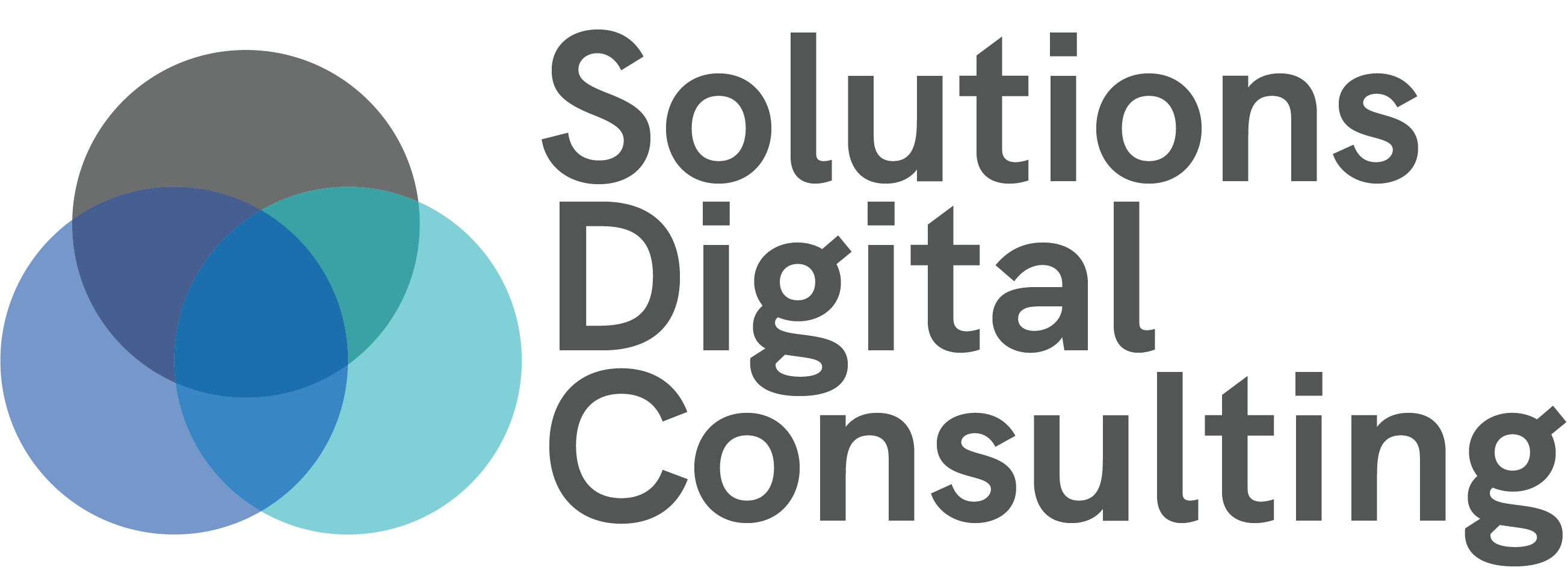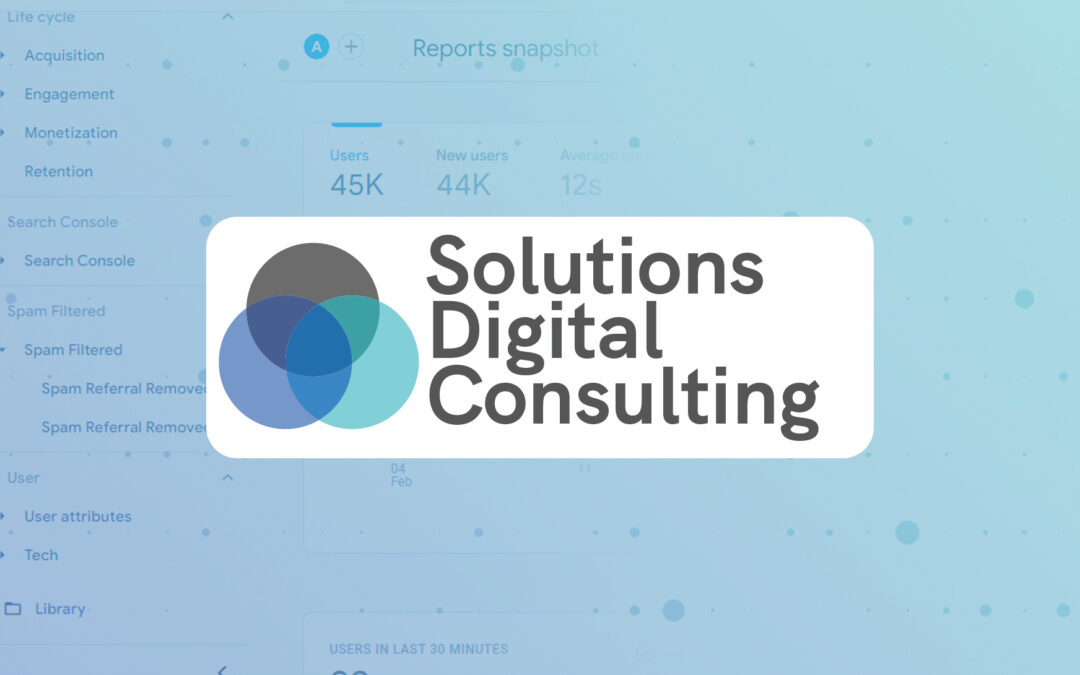How to Filter Spam Data From Your GA4 Reports
Not being able to eliminate spam data from your reports can cause major headaches for everyone who wants to use Google Analytics 4 for performance insights. Whether that is a small business owner, a marketing team, executive leadership, or digital agencies, we are all impacted in some fashion. Creating custom reports for all the stakeholders can be time-consuming, so we are hoping the process below can help speed up your tasks and explore options based on this approach that you can modify and use to your benefit. We plan to continuously evolve the approach and hope that we have helped your team in some fashion.
Please note that the approach below is only optimal if you are fine with completely ignoring all traffic from Poland and France, the countries in which this spam attacked your GA4 G-Tag. But if you have read through our prior post on how to stop the flow of this spam, then by the time you get through this process, your brain will be exploring how to modify it even further to suit your needs. Trust me, it’s possible. If you want more help on this or other topics then feel free to reach out to us at any time.
Be aware that is filter is only optimal if you have no concern about excluding traffic from Poland or France where the news.grets.store spam has originated. If you regularly get web traffic from Poland or France, you may choose to filter by another method while using this process as a guide.
- Navigate to your Property and click Reports. We will use Acquisition: User Acquisition as an example.
Another Example of How to Filter Your Reports
Feel free to skip the next section, as it is another example of a different type of report you can create. The above and below process can be repeated for any report you wish to create. Skip to Step 38 to see a process on how you can add your report creations to the left-hand navigation for easy access!
How to Pin Custom Reports to the Sidebar in Google Analytics 4
Now, let’s walk through how to get these reports pinned to the left-hand navigation for easy access! If this is not important to you, then you can skip these steps. Just know that all the reports you create can be found in the Library at any time.
In wrapping up our discussion on creating custom reporting filters in Google Analytics 4 (GA4) to eliminate spam referrals like news.grets.store and others, we’ve equipped you with a step-by-step guide to safeguard your data integrity and ensure your analytics are reflective of genuine user interactions. Implementing these filters not only cleanses your reports of unwanted noise but also empowers you to make more informed decisions based on accurate data. By taking the time to customize your filters and pin them to your property view, you’re setting a standard for clean data analytics practices within your organization, ensuring that all team members benefit from the same level of clarity and precision in the data they analyze.
Let this guide serve as a stepping stone towards a more secure and reliable analytics practice, ensuring that your organization remains agile and informed in the face of evolving digital challenges.


















































Nice info. I applied for my website.
Thanks
Glad we could help!
Jeff, your instructions were so helpful! In addition to Poland and France, I filtered out Russia (for rida.tokyo).
Glad we could help, Karen!
Thank you so much for this. It worked for one account, but for the others, Poland isn’t showing up as one of my country filter options, even though I can see it in the acquisition report! I’m wondering if I waited too long – perhaps they only allow you to filter traffic from the past 30 days? Have you found a workaround for setting up a filter for this traffic now, by chance?
Hi Jennifer!
You can modify all or at least your favorite reports to include these filters then SAVE them as the existing reports. I’ll try to put together another ‘how to’ on this subject!